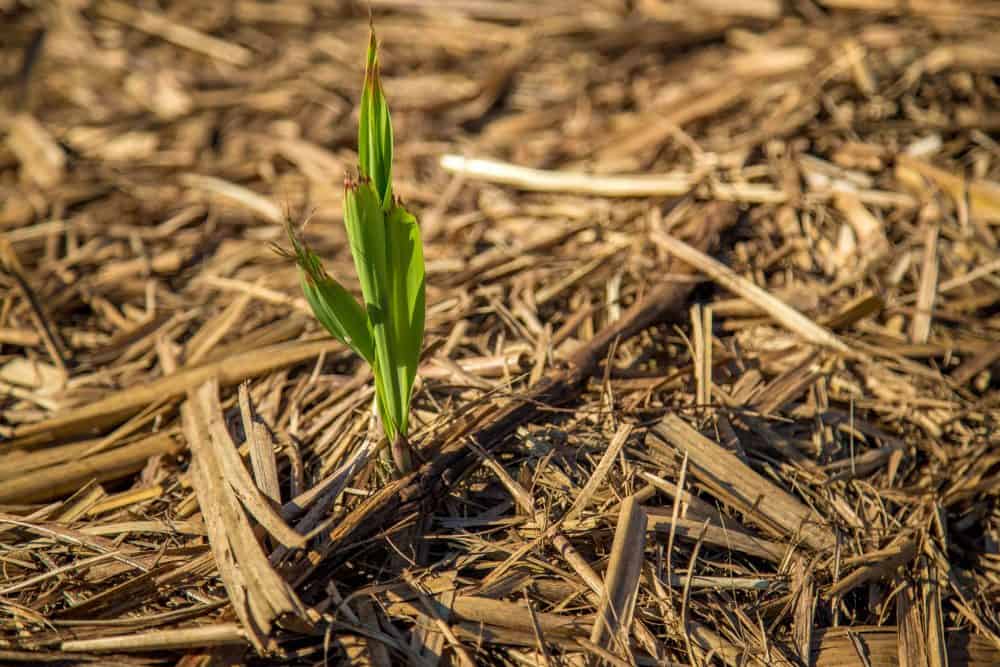The constant increase in temperature and the concentration of CO2 in the atmosphere are manifestations of climate change today. We have been noticing its effect with periods of greater heat and important changes in the amount of rain in the year. Both factors affect both humans and agriculture, and sugar cane has been no exception on any of the continents where it is grown.
The solution to this problem is not as easy as expected and requires the integration of several aspects such as: policies, commitments and new technological developments. At a global level, since the 1970s, work has been done on actions to reduce the impact of climate change on the planet. Colombia has been one of the countries that committed to reduce 20% of its greenhouse gas (GHG) emissions by 2030.
The site-specific approach to agriculture seeks to maximize the response of the crop, this seeks to be a responsible practice of sustainability to achieve the goals of reducing emissions in 2030 that our country hopes to achieve.
That said, the aim is to plant sugar cane in environments where it is best adapted, requires fewer inputs and subsequently generates fewer emissions; making use of lighter equipment with greater transport capacity involves less fuel consumption and fewer gas emissions. Additionally, implementing practices such as biological control avoids the use of insecticides.
www.dialnet.com






